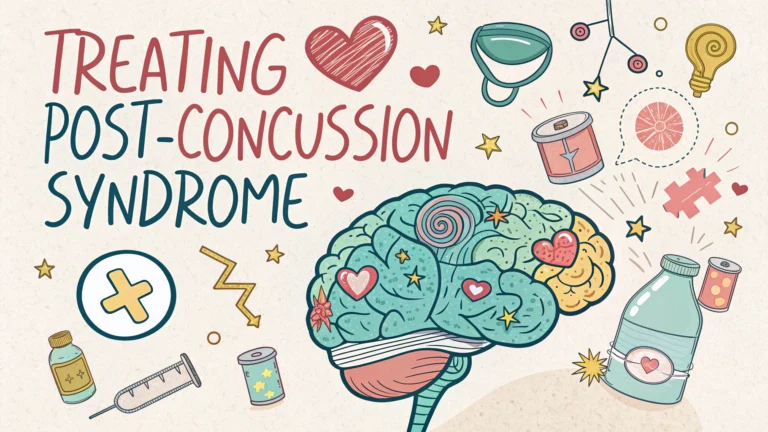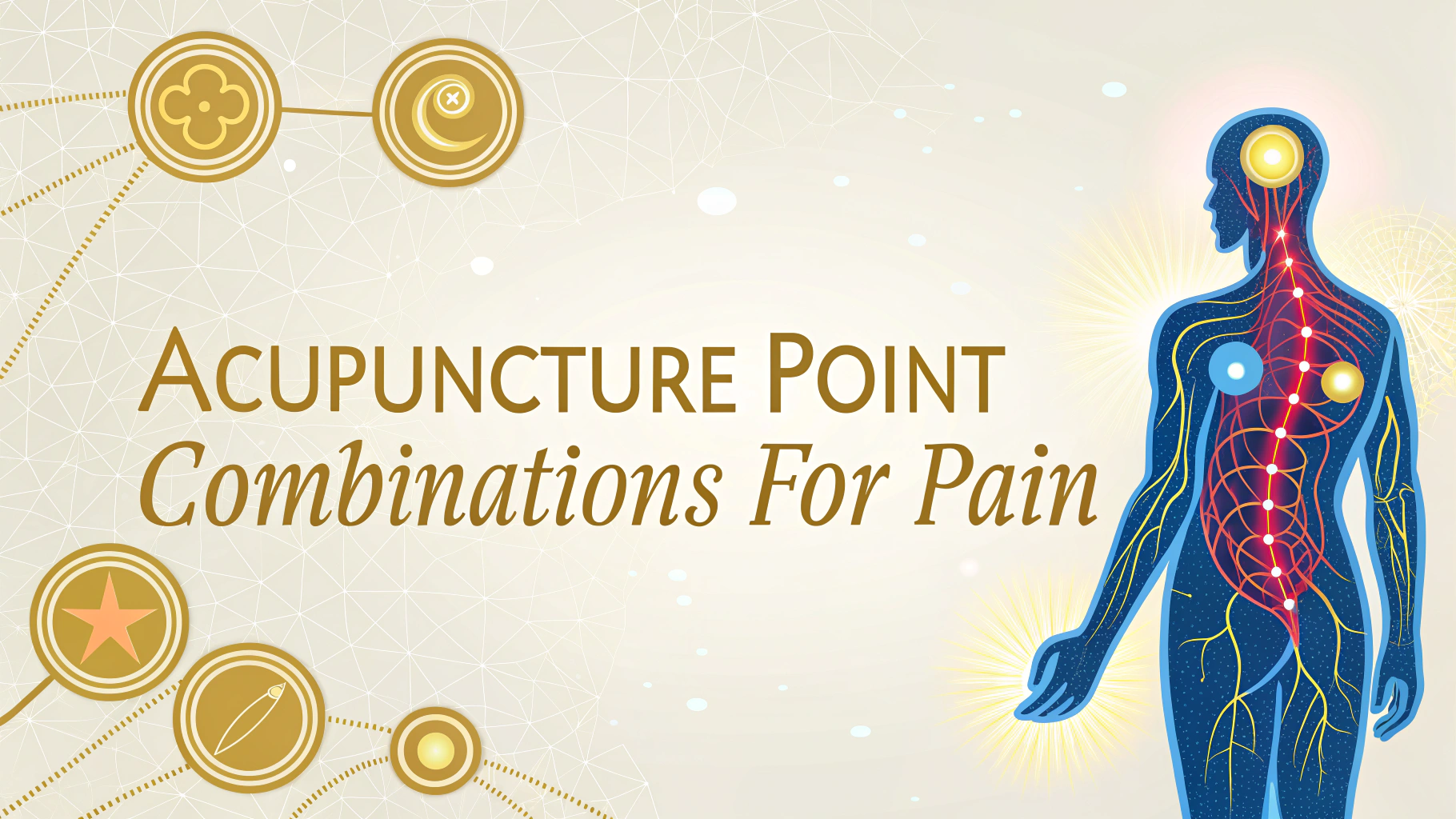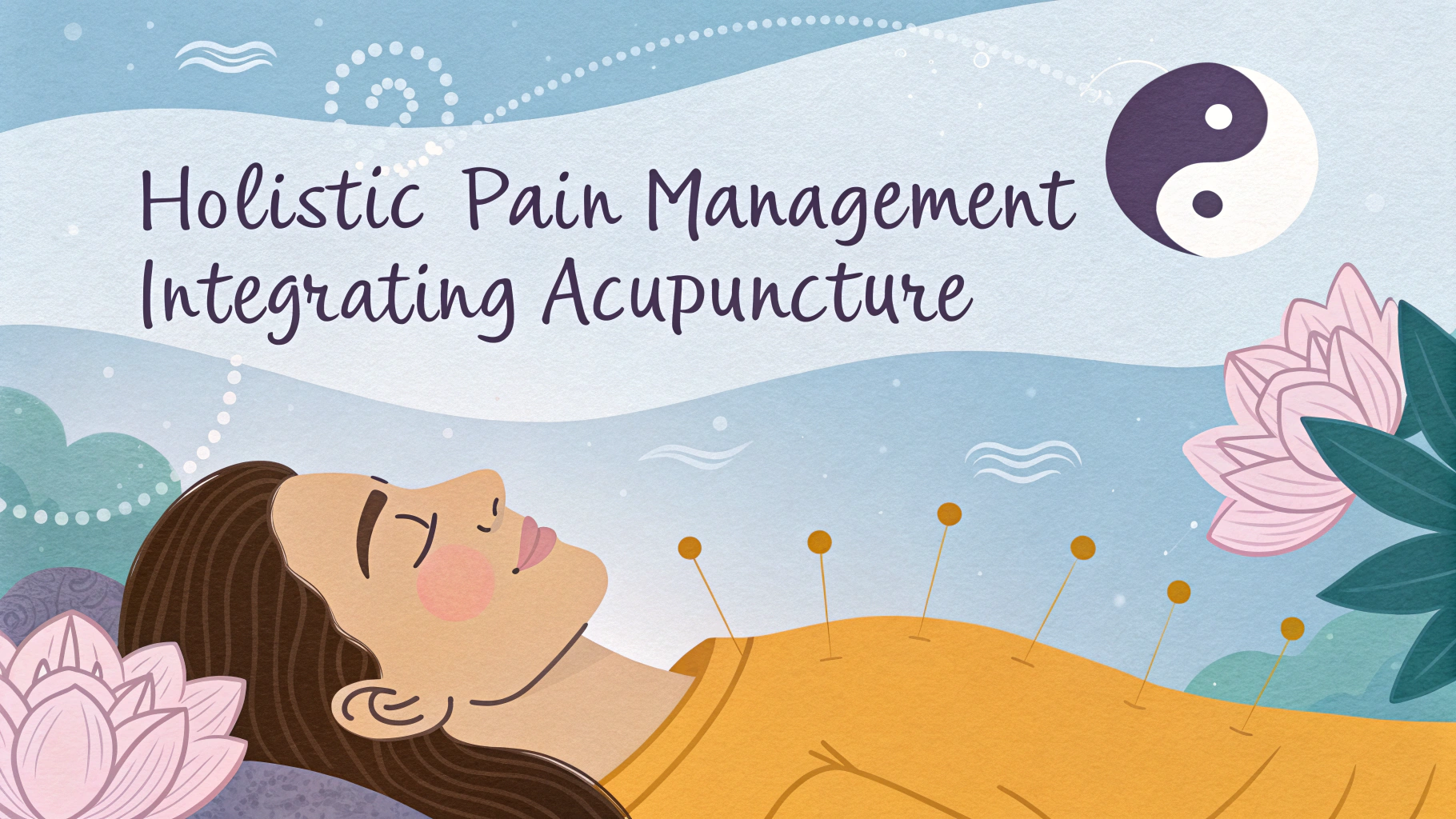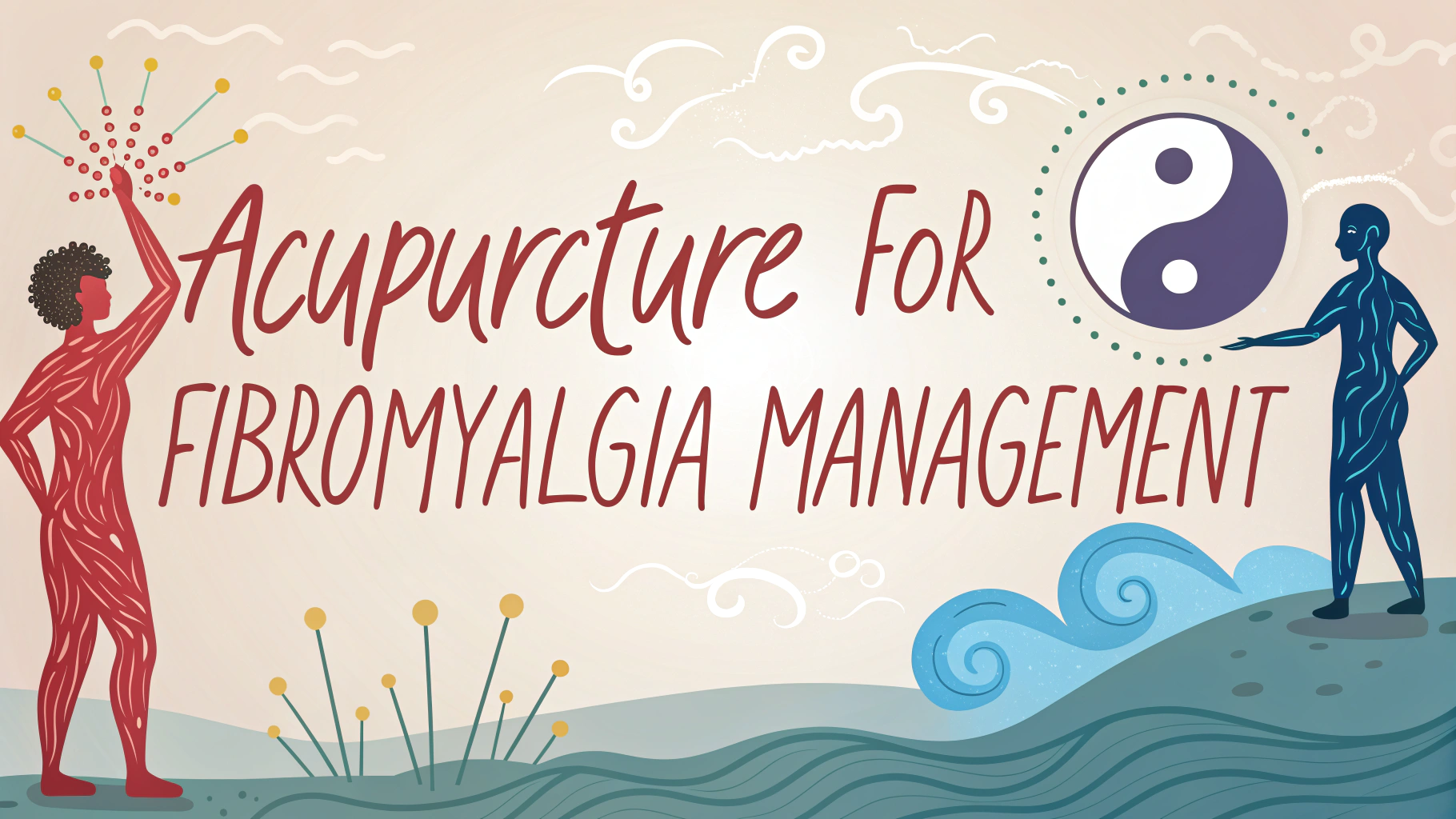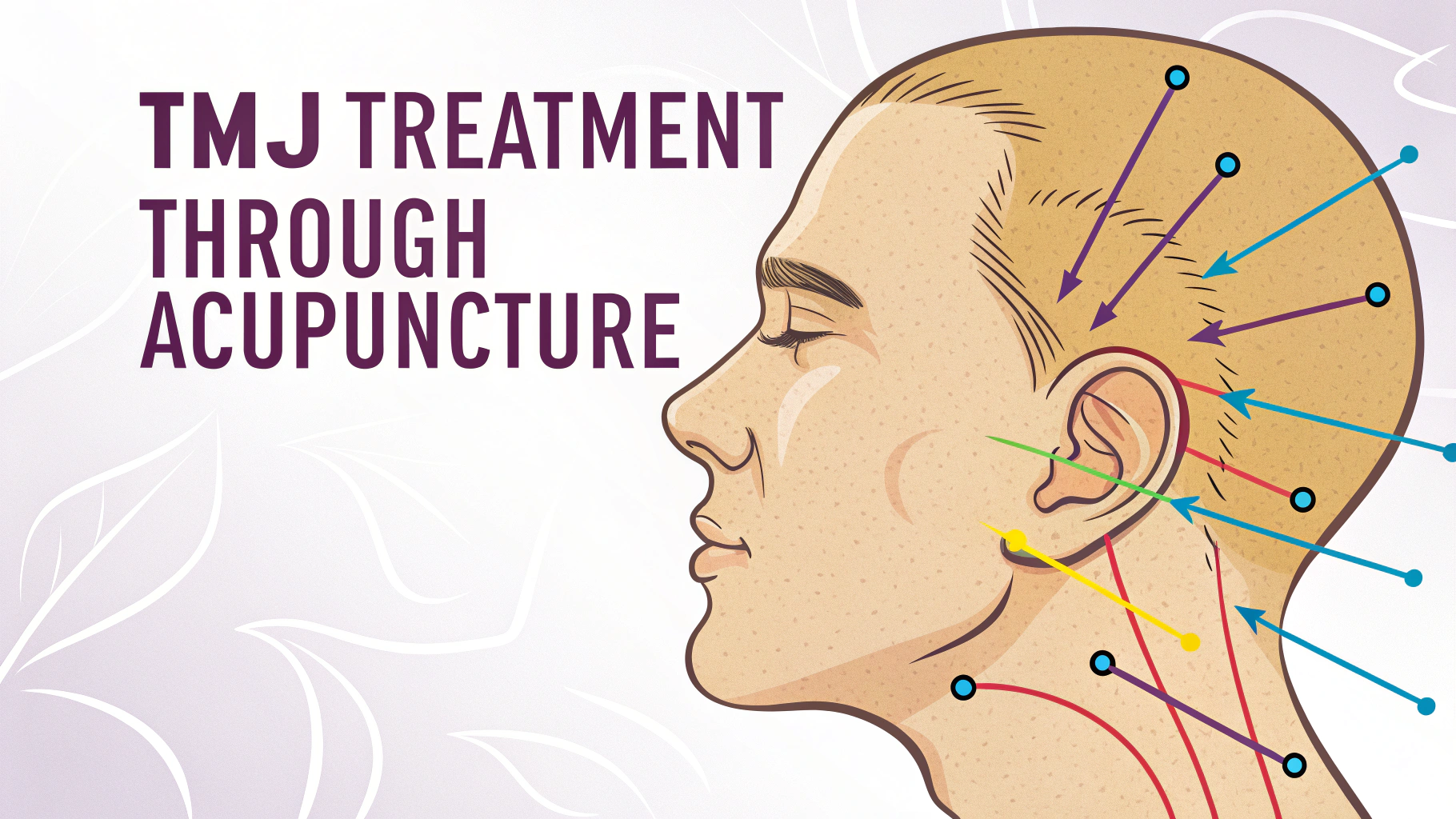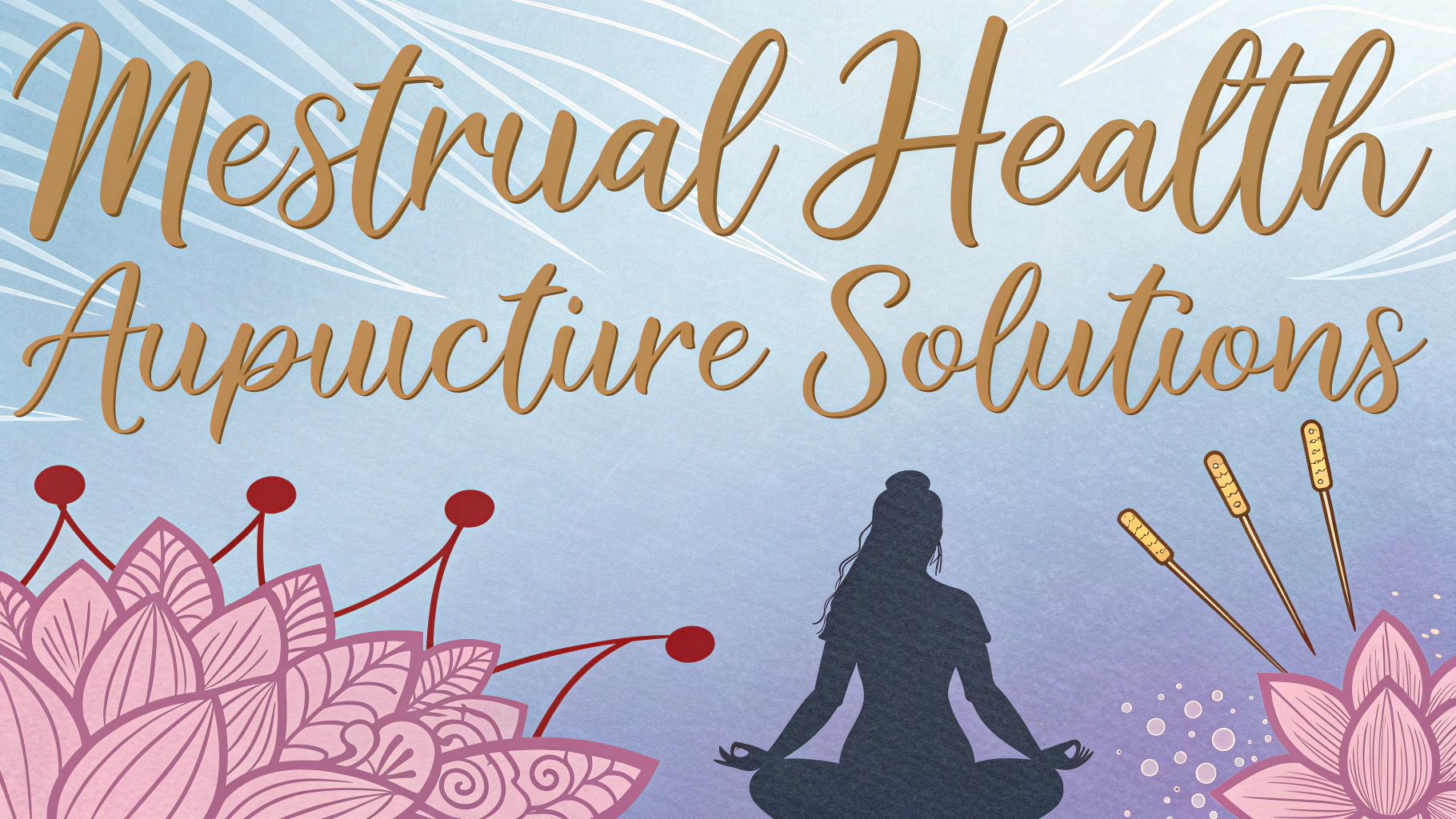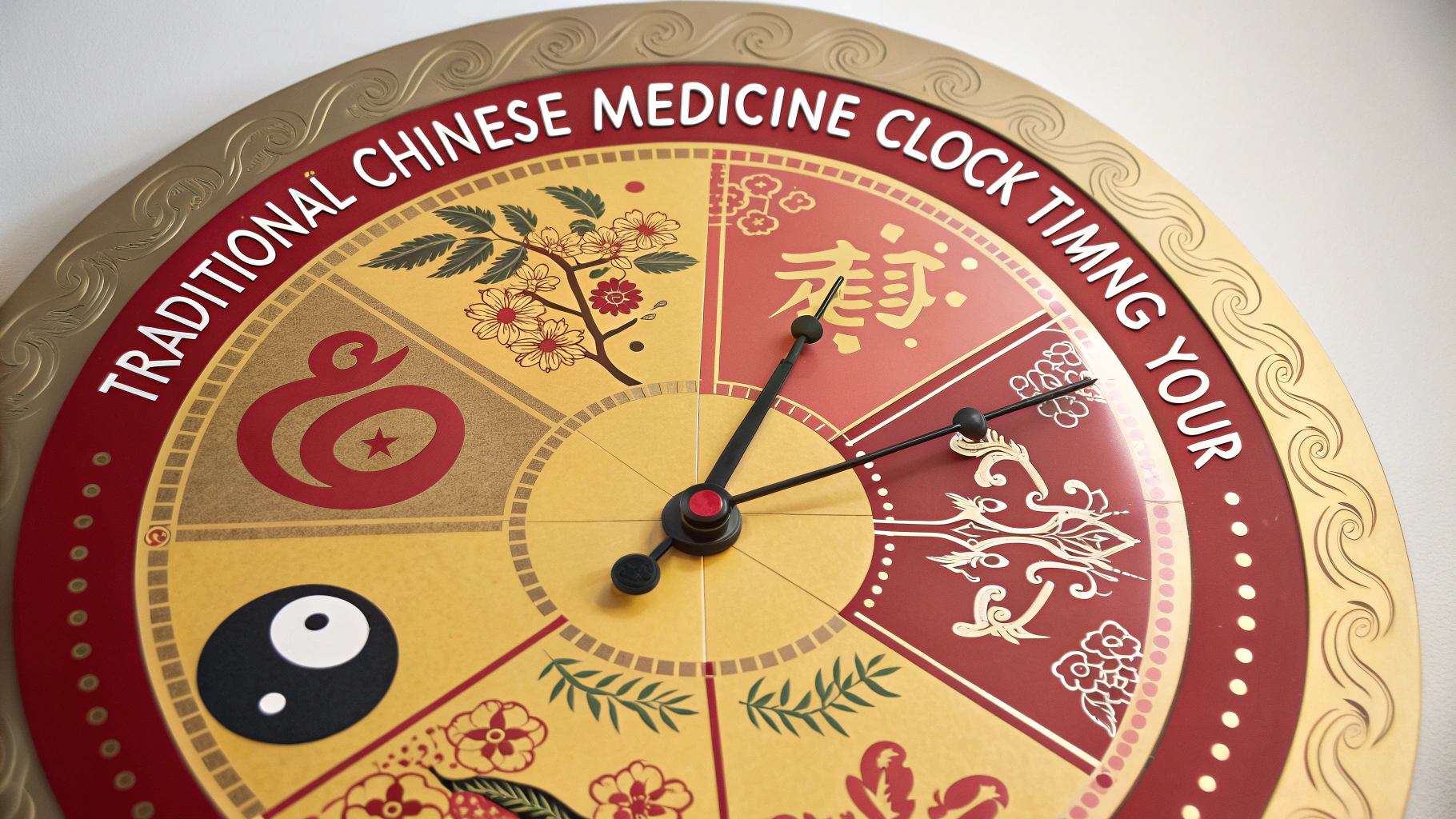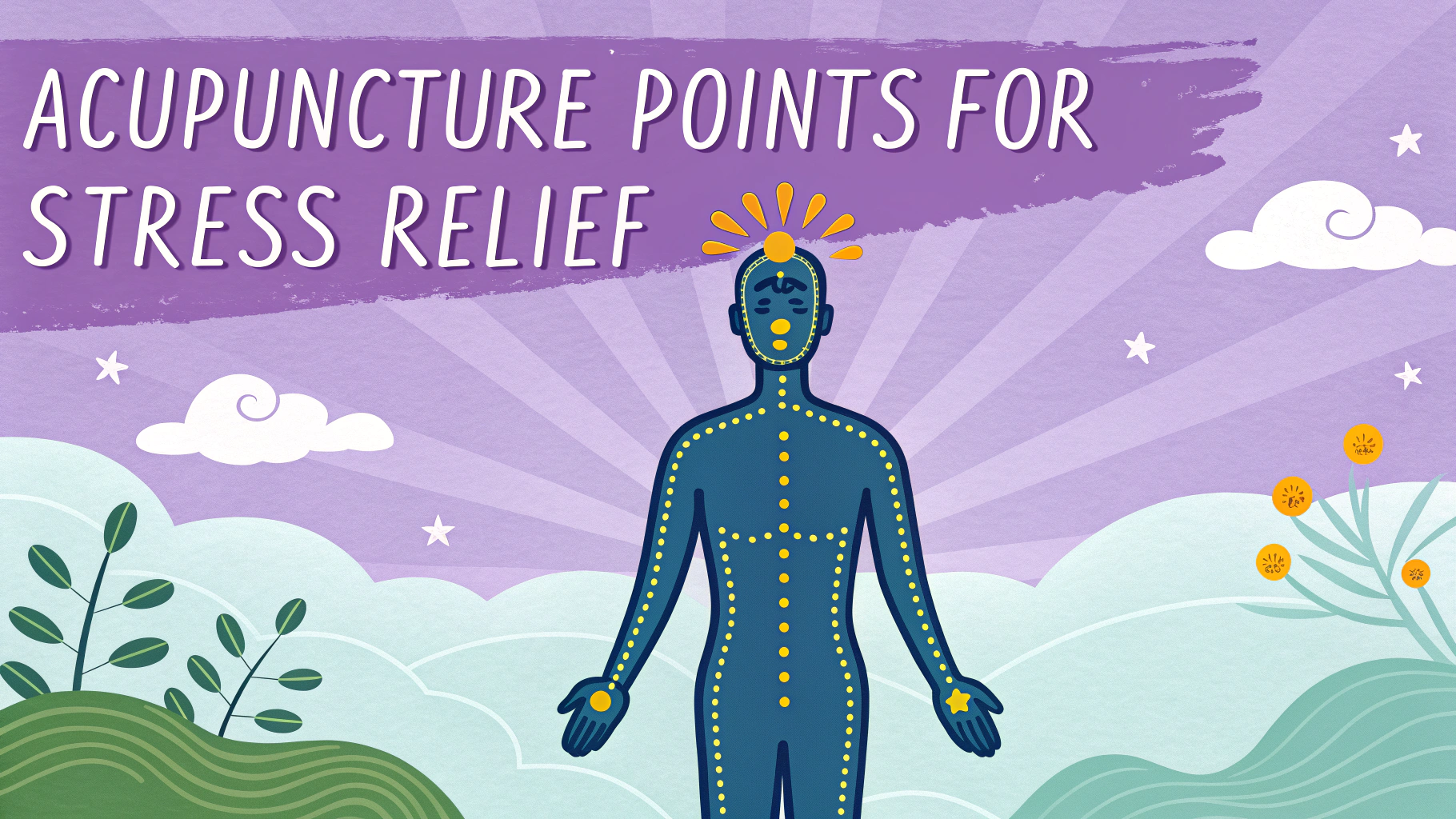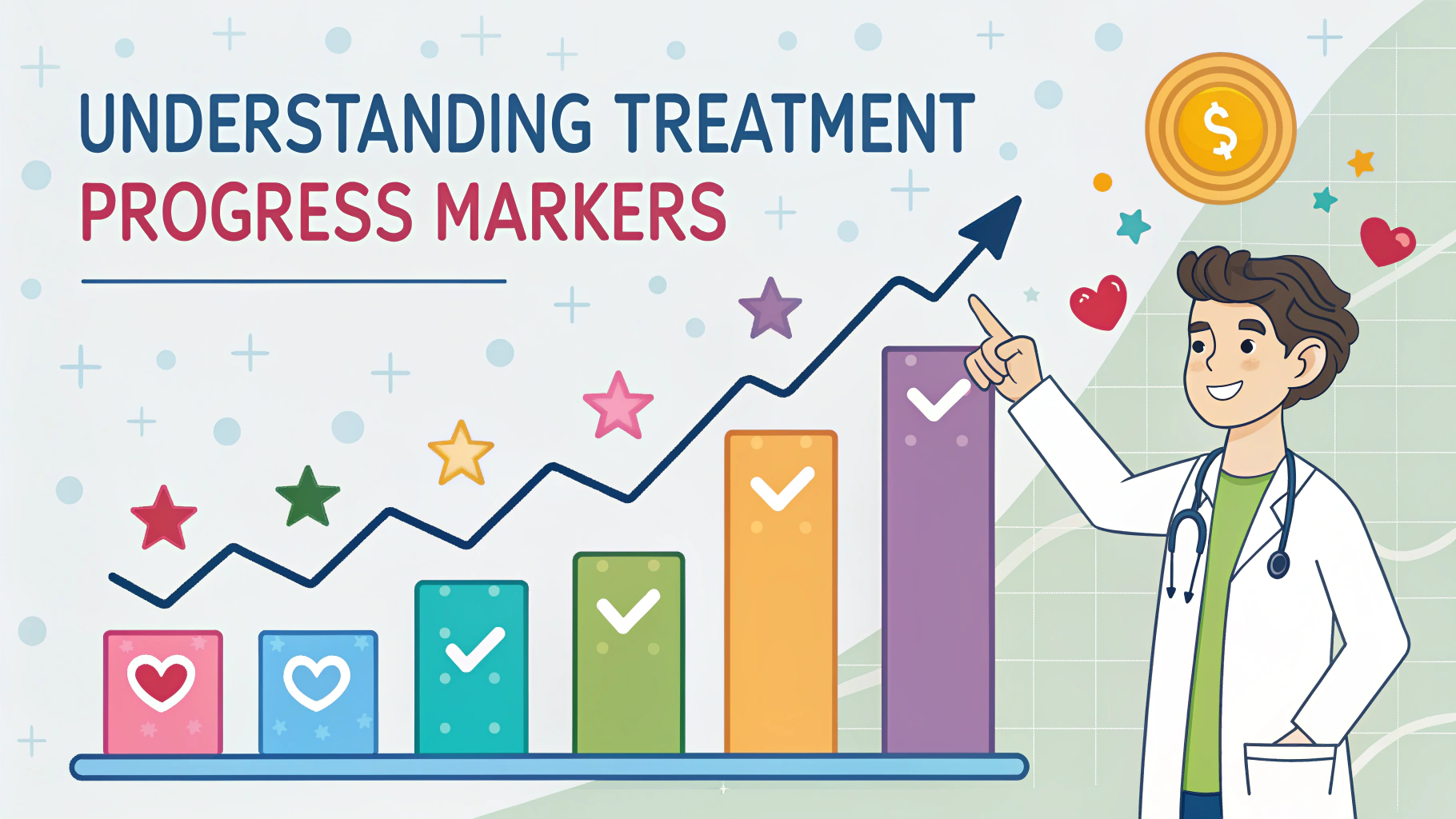Acupuncture, while generally safe when performed by qualified practitioners, comes with specific contraindications and risk factors that patients should understand before treatment.
Understanding these safety considerations helps ensure optimal outcomes and minimizes potential complications during acupuncture sessions.
This safety guide outlines key contraindications, risk factors, and precautions to help you make informed decisions about acupuncture treatment.
Absolute Contraindications
- Severe bleeding disorders or use of blood thinners
- Uncontrolled seizure disorders
- Local skin infections at needle sites
- Unstable heart conditions
- Pregnancy (certain acupuncture points)
Medical Conditions Requiring Special Care
Patients with diabetes should inform their practitioner as they may have slower healing times.
Those with compromised immune systems need specialized treatment protocols.
Heart valve conditions require antibiotics before treatment to prevent infection.
Timing Considerations
- Avoid treatment immediately after heavy meals
- Schedule sessions away from intense physical activities
- Allow 24-48 hours between treatments
- Consider menstrual cycle timing for female patients
Pre-Treatment Safety Checklist
| Action | Reason |
|---|---|
| Inform practitioner of medications | Prevent interactions |
| Disclose medical history | Ensure safe treatment |
| Report recent injuries | Modify treatment accordingly |
| Discuss pregnancy status | Avoid restricted points |
Warning Signs During Treatment
- Excessive pain beyond mild discomfort
- Dizziness or nausea
- Shortness of breath
- Unusual heart rhythm changes
Post-Treatment Care
Rest for 2-3 hours after treatment to maximize benefits.
Stay hydrated by drinking plenty of water.
Avoid alcohol and caffeine for 24 hours post-treatment.
Finding Qualified Practitioners
Verify credentials through the National Certification Commission for Acupuncture and Oriental Medicine (NCCAOM).
Check state licensing requirements and practitioner compliance.
Request references and read patient reviews from reliable sources.
Safety Measures for Specific Groups
- Elderly patients: Gentler needling techniques, shorter sessions
- Children: Modified protocols, specialized pediatric approaches
- Pregnant women: Restricted points, pregnancy-certified practitioners
- Immunocompromised: Extra sterilization procedures, careful point selection
Your Next Steps for Safe Treatment
Schedule a consultation with a licensed acupuncturist to discuss your specific health conditions and concerns.
Prepare a complete list of medications and supplements to share with your practitioner.
Contact the American Society of Acupuncturists at (800) XXX-XXXX for practitioner referrals in your area.
Emergency Protocols
- Keep emergency contact numbers readily available
- Document any adverse reactions
- Have first aid supplies accessible
- Know closest emergency medical facilities
Insurance and Documentation
Verify insurance coverage for acupuncture treatments before beginning.
Keep detailed records of all treatments and responses.
Document any adverse reactions or concerns.
Long-Term Treatment Planning
Assessment Schedule
- Initial evaluation every 4-6 sessions
- Progress documentation monthly
- Treatment plan adjustments as needed
- Regular communication with primary care physician
Treatment Frequency Guidelines
- Acute conditions: 2-3 times per week
- Chronic conditions: weekly sessions
- Maintenance: monthly visits
Making Acupuncture Part of Your Wellness Journey
Integrate acupuncture safely into your overall healthcare plan by maintaining open communication with all healthcare providers.
Follow pre- and post-treatment guidelines consistently to maximize benefits and ensure safety.
Stay informed about your treatment progress and don’t hesitate to discuss concerns with your practitioner.
FAQs
- What are the absolute contraindications for acupuncture treatment?
Severe bleeding disorders, local skin infections, malignant tumors at needle sites, and during medical emergencies requiring immediate intervention. - Is acupuncture safe during pregnancy?
Acupuncture can be safe during pregnancy when performed by a qualified practitioner, but certain points must be avoided as they can stimulate labor. Points on the lower abdomen, lower back, and specific points on hands and shoulders should be avoided. - Can patients on blood thinners receive acupuncture?
Patients on anticoagulants can receive acupuncture, but should inform their practitioner beforehand. Extra precautions are needed, and thinner needles may be used to minimize bleeding risk. - What medical conditions require special precautions during acupuncture?
Diabetes, heart conditions, compromised immune systems, bleeding disorders, and implanted electrical devices like pacemakers require special consideration and modified treatment approaches. - How does having a pacemaker affect acupuncture treatment?
Electroacupuncture is contraindicated for patients with pacemakers. Traditional needle acupuncture can be performed but should avoid areas near the device. - What are the risks of acupuncture for diabetic patients?
Diabetic patients have higher infection risks and slower healing, requiring strict sterile techniques. They may also have altered sensation requiring careful point selection and needle insertion. - When should acupuncture be avoided after surgery?
Acupuncture should be avoided around surgical sites until proper healing has occurred (typically 2-3 weeks minimum), and practitioner clearance from the surgeon may be required. - What are the risks of acupuncture in patients with osteoporosis?
Patients with osteoporosis are at higher risk of bone bruising or fracture, requiring gentler technique, careful point selection, and possibly more superficial needle insertion. - How does active cancer affect acupuncture treatment?
Acupuncture should be avoided directly at tumor sites, and treatment plans must be coordinated with oncology teams. Special precautions are needed due to increased bleeding and infection risks. - What skin conditions contraindicate acupuncture treatment?
Active skin infections, unhealed wounds, severe eczema or psoriasis at needle sites, and any condition that compromises skin integrity in the treatment area.
